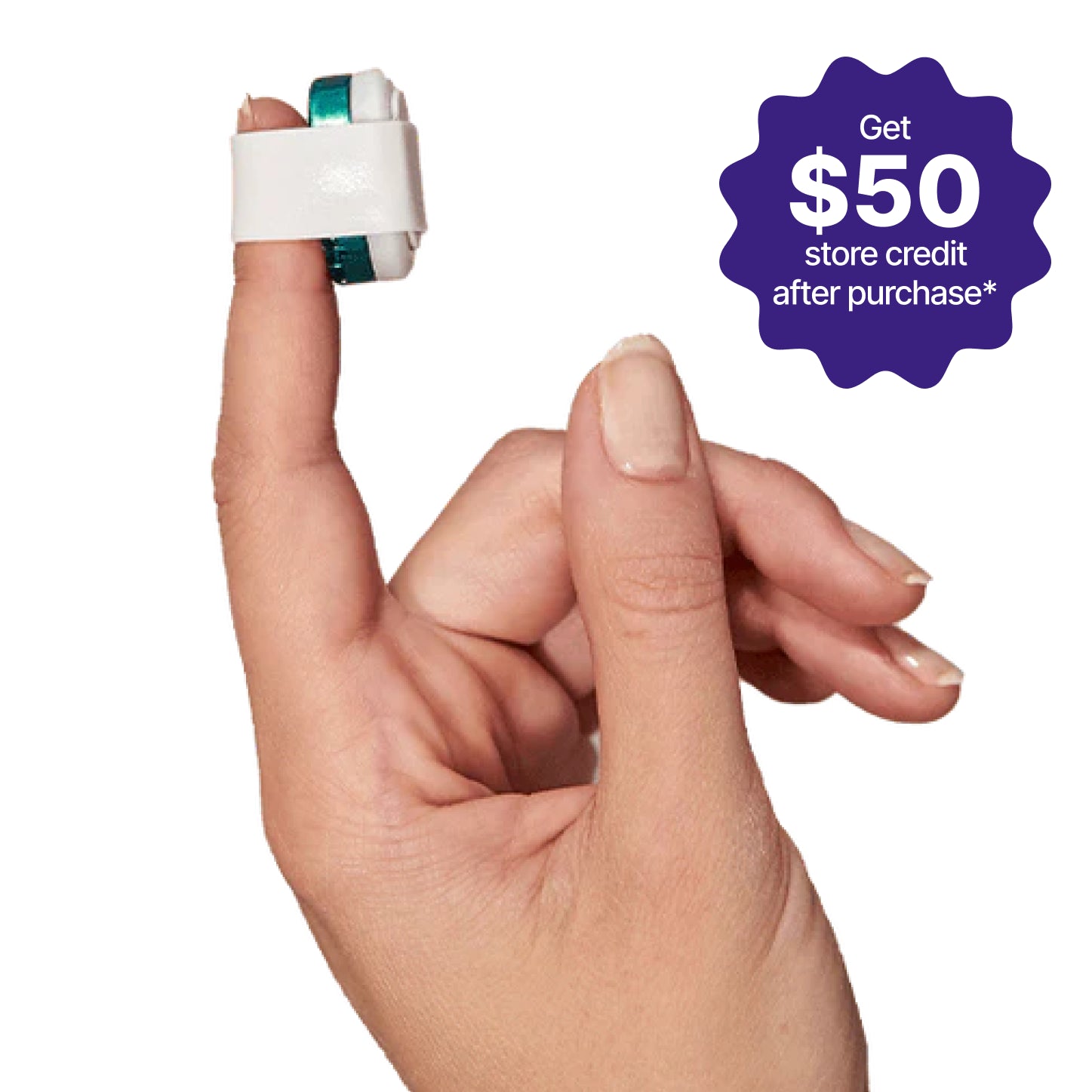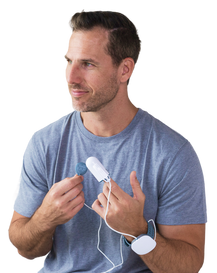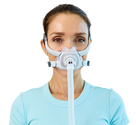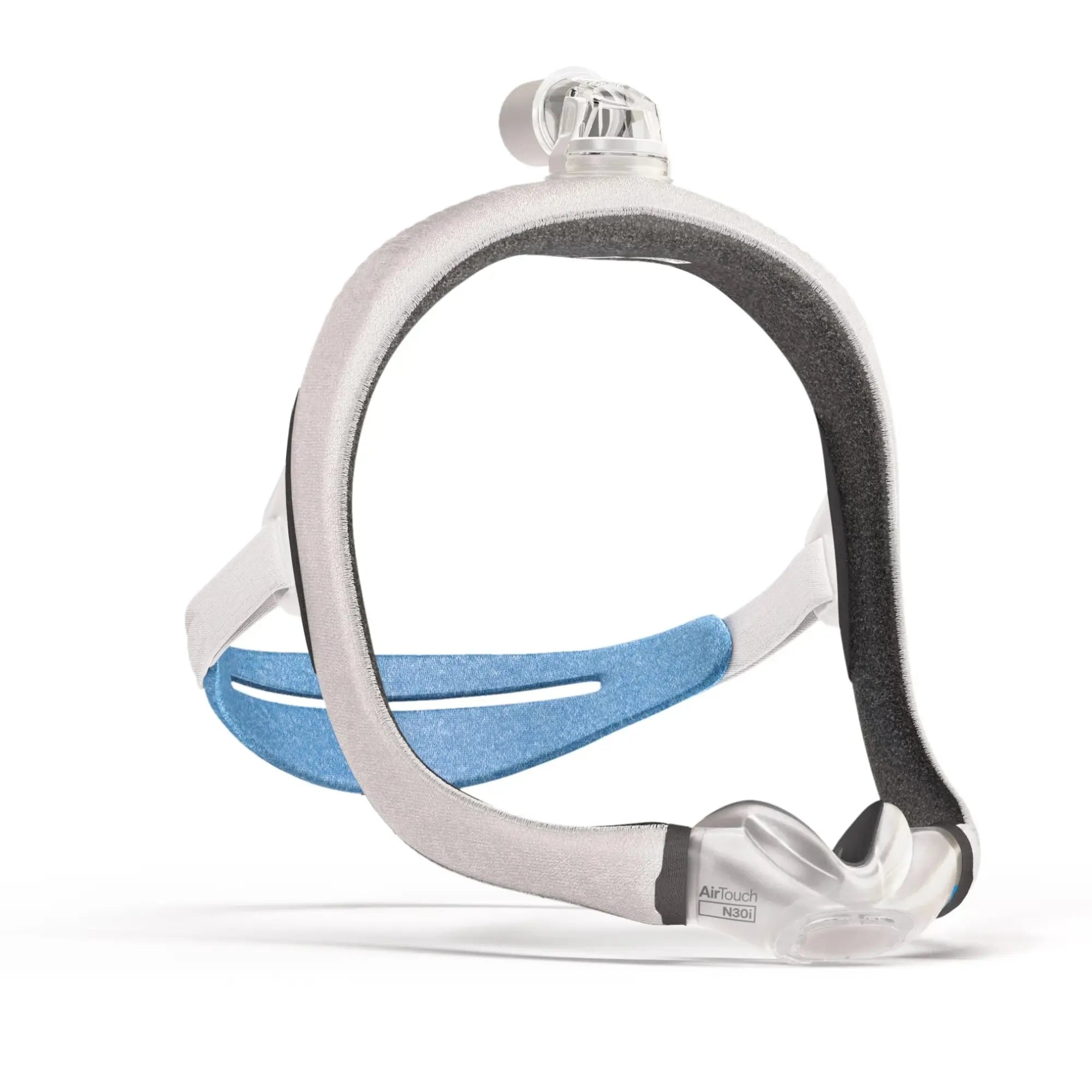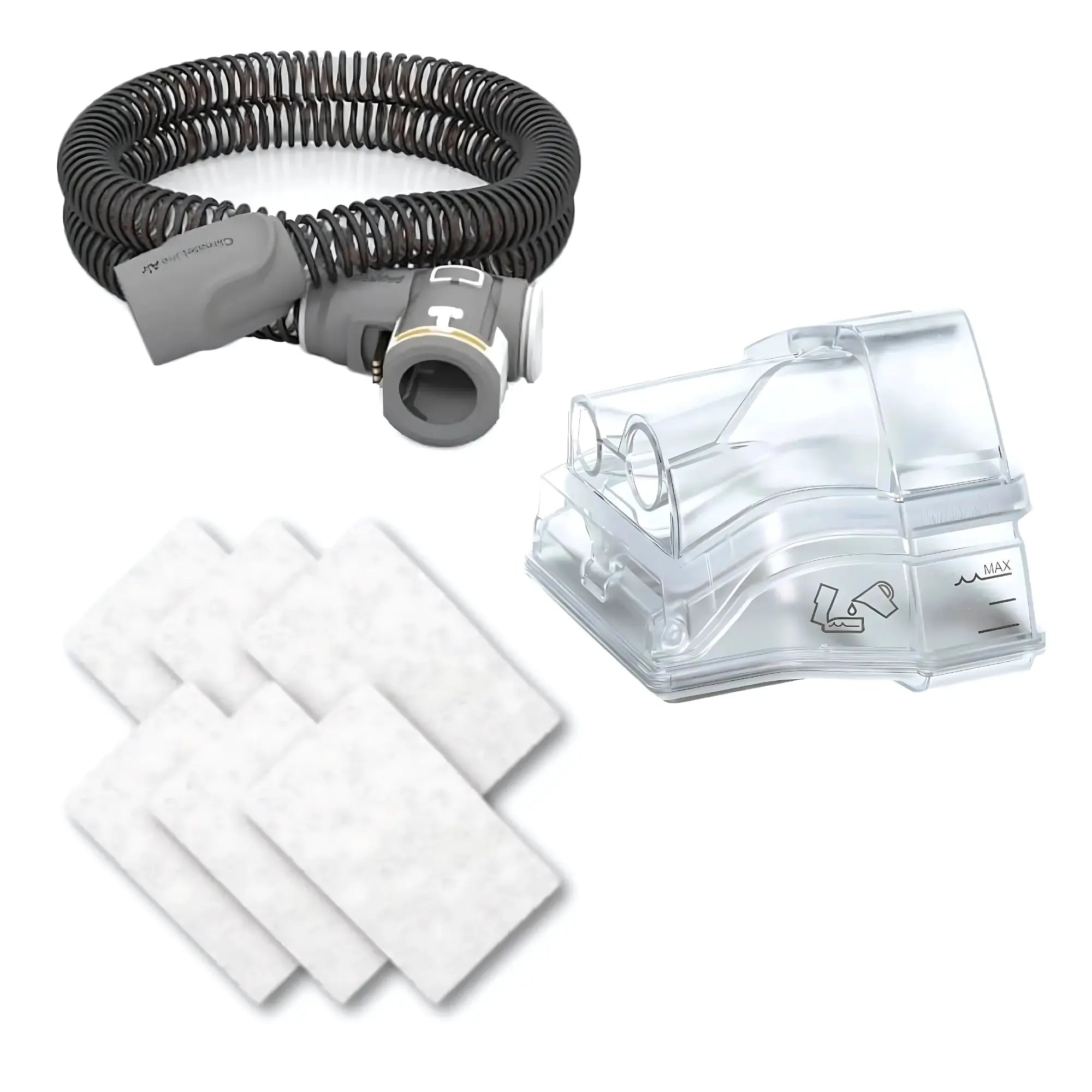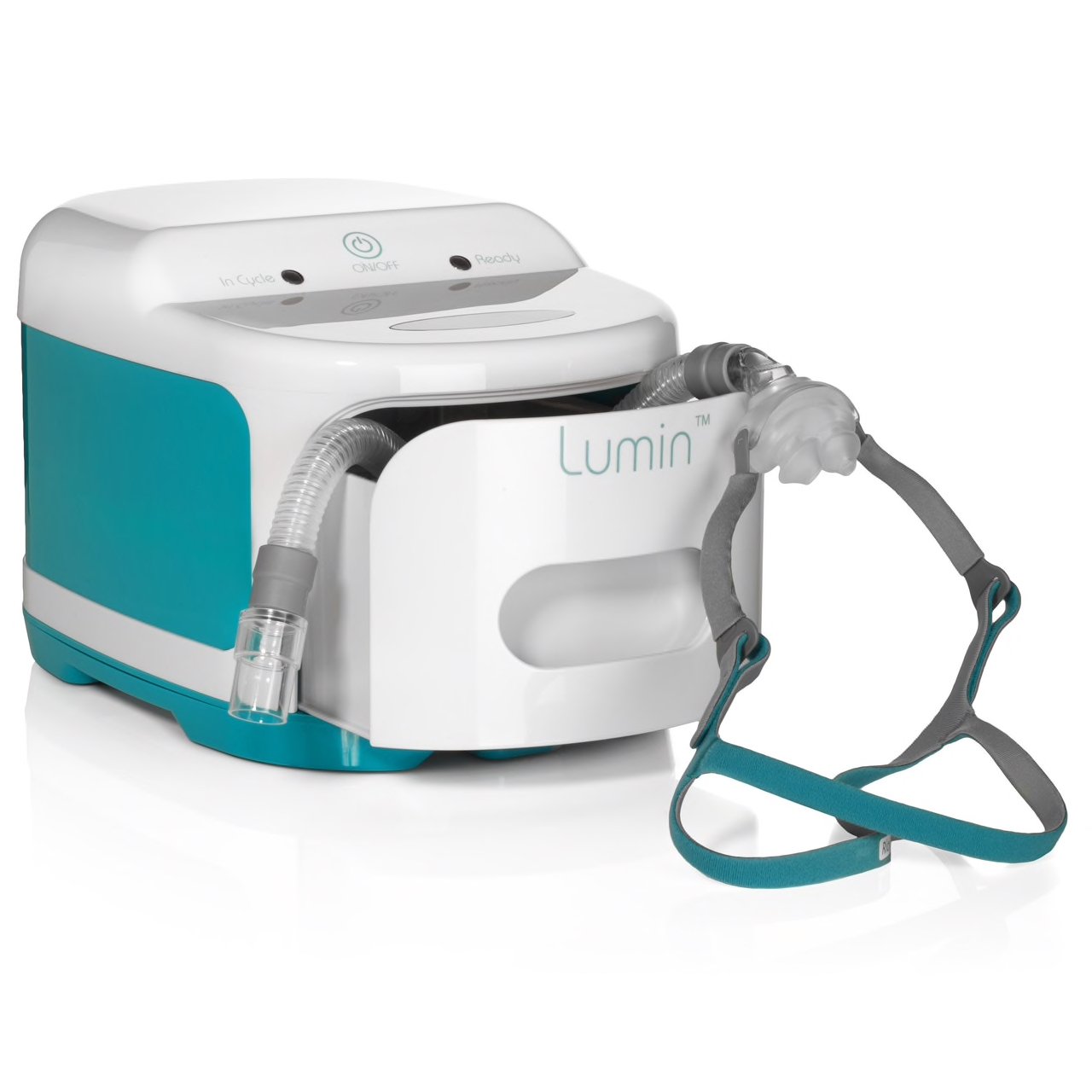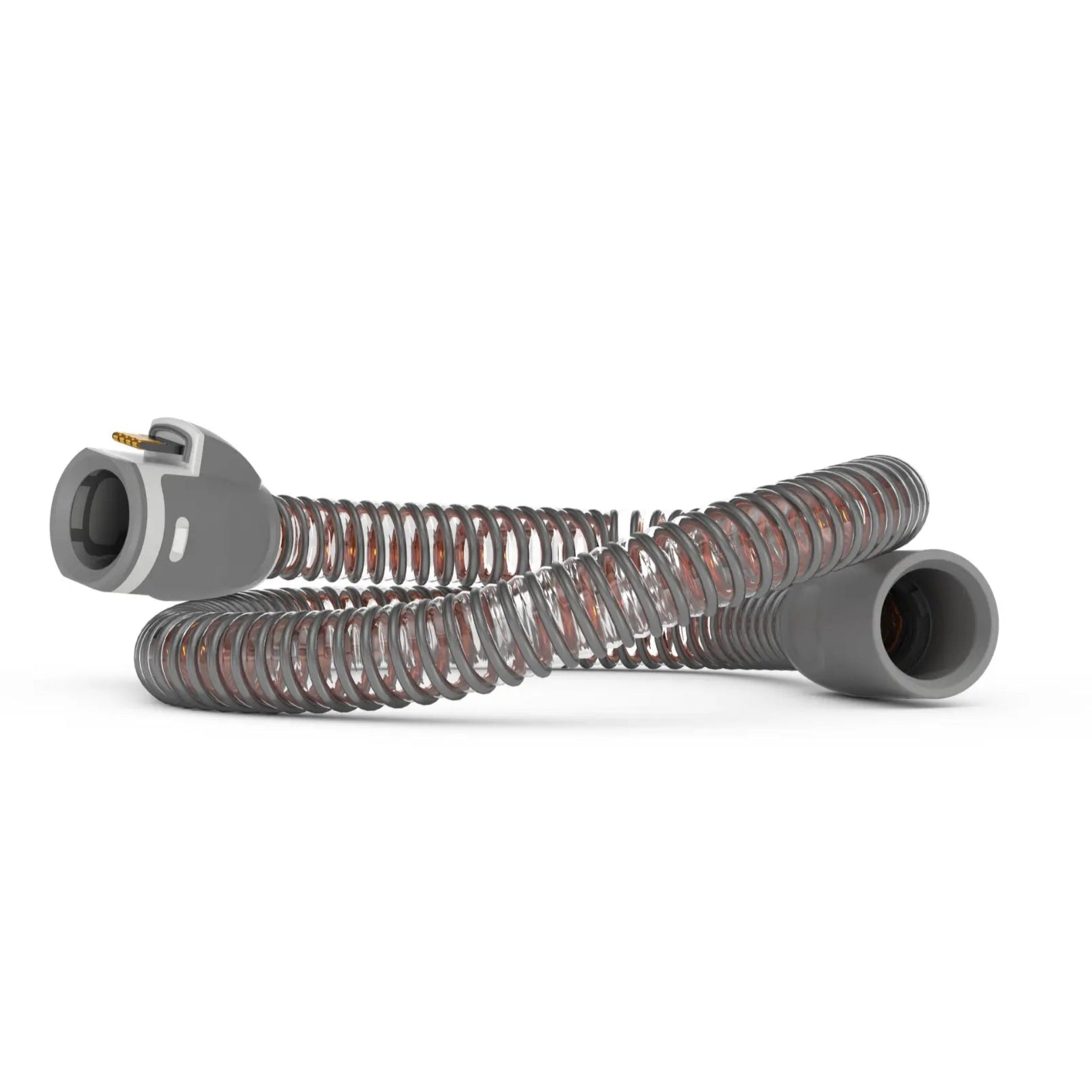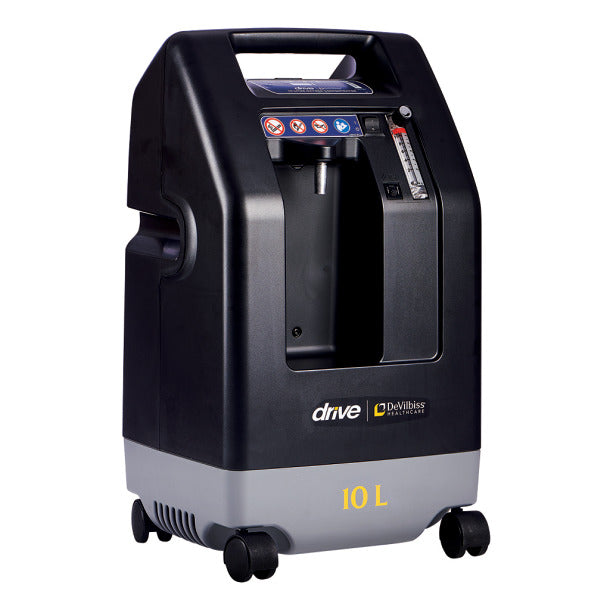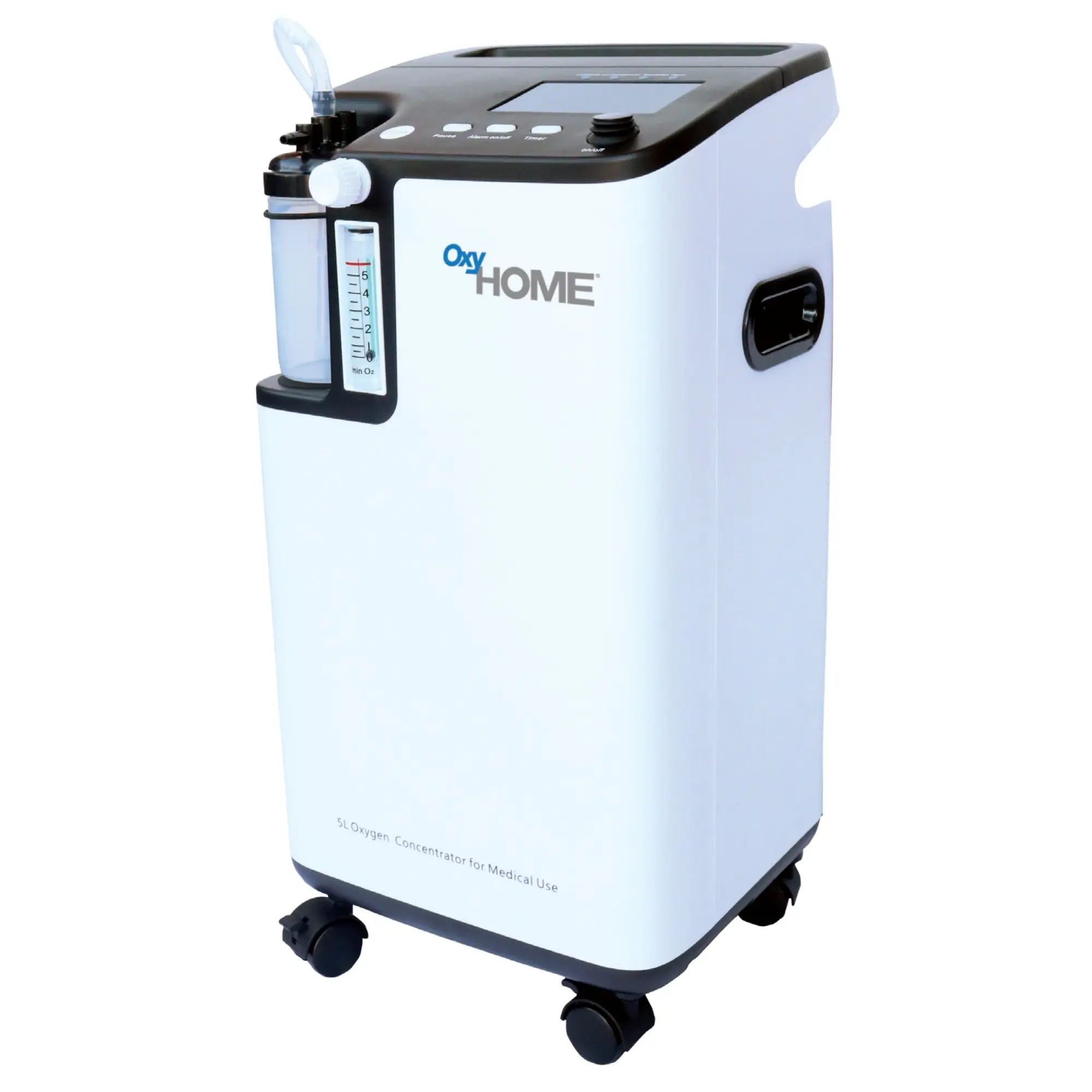Sleep apnea is a common sleep-related breathing disorder affecting over 936 million people worldwide. There are three different types of sleep apnea: obstructive, central, and complex sleep apnea.
If you have been diagnosed with obstructive sleep apnea, then CPAP therapy is your best shot at getting a sweet night's sleep.
Continuous Positive Airway Pressure (CPAP) therapy is a treatment that involves using a CPAP machine to deliver pressurized airflow through a mask that fits over the nose or mouth during sleep.
This will help improve your sleep quality and reduce daytime sleepiness. It will also lower the risk of complications associated with untreated sleep apnea, such as congestive heart failure and stroke.
If you are new to sleep apnea treatment, read this post to the end so you can learn about 8 essential CPAP tips every beginner should know.
8 Essential CPAP Tips Every Beginner Should Know
1. Choosing the Best CPAP Machine for You
Before you buy a CPAP machine , consider its comfortability and how well it matches your sleeping position and overall lifestyle.
What’s even more important is to choose a machine suitable for your type of sleep apnea condition.
The APAP, CPAP, and BiPAP machines are the most commonly recommended for treating obstructive sleep apnea (OSA), and the ASV device is most suitable for treating central sleep apnea (CSA).
The best CPAP machines deliver a constant, fixed pressure as you breathe in and breathe out while sleeping at night.
On the other hand, Bi-level Positive Airway Pressure (BiPAP) delivers different pressure levels during inspiration and expiration. It provides a higher pressure during inhalation but slightly reduces it when you breathe out.
Another sleep apnea treatment machine is the Automatic Positive Airway Pressure (APAP) machine, also known as the Auto-Adjusting Positive Airway Pressure machine.
APAP is different from CPAP in terms of functionality. The APAP machine offers an added feature – automatic adjustment of pressure settings. APAP devices automatically adjust the pressure level according to each individual's changing needs during sleep.
So, if you need constant air pressure to enjoy a good night's sleep, the CPAP machine is better for you. But if your condition requires more pressure for inhaling and less for exhaling, then go for a BPAP or APAP machine. If you’re still in doubt, a Sleeplay CPAP specialist can help.
2. Choosing the Right CPAP Mask
When choosing between different CPAP mask types , your comfort is the number one factor to consider.
CPAP masks come in different styles and sizes to suit sleep apnea patients' face shape and preferences.
In most cases, you will have to try on several types from different brands to figure out which is most comfortable for you.
But generally speaking, the critical factors you should consider include your sleeping style, facial hair, claustrophobia, and how you breathe while sleeping.
Meanwhile, all CPAP masks can be categorized into four main types, regardless of brand. The four categories include:
- Nasal Pillow Masks
- Nasal Masks
- Full-Face Masks
- Hybrid Masks
Let’s have a closer look at each of these CPAP mask types and who they are suitable for.
1. Nasal Pillow Masks
Nasal pillow masks fit at your nostrils and supply air pressure to aid your breathing problems. This type of CPAP mask is suitable for people who feel claustrophobic when wearing masks that cover their entire face.
The nasal pillow mask is also a better choice if your facial hair keeps interfering with the other CPAP mask types. Similarly, the mask also gives you the freedom to wear eyeglasses and enjoy full field vision when watching TV or reading.
The nasal pillow mask is one of the best CPAP mask types for stomach sleepers .
2. Nasal Masks
Do you move around a lot while sleeping? If yes, then a nasal mask is what you need to handle your sleep apnea.
The nasal mask is also a great choice if your doctor recommends higher air pressure settings in the CPAP machine.
Meanwhile, nasal masks are also great CPAP mask options for side sleepers .
3. Full-Face Mask
At first glance, the full-face CPAP mask looks like the oxygen mask used by fighter jet pilots.
The full-face CPAP mask covers your nose and mouth when you put it on. The mask’s design ensures a consistent air pressure supply while you sleep.
You should select this CPAP mask type if:
-
You often find breathing difficult through your nose due to congestion or nasal blockage.
-
You have tried out nasal pillow masks and other nasal masks but end up breathing through your mouth while sleeping. (including when you use a chin strap )
4. Hybrid Masks
The hybrid mask delivers pressurized air from the CPAP machine through your mouth. Unlike the full-face mask, which generally extends up to the bridge of the nose, hybrids typically only cover the lower part of the nose.
This is the perfect CPAP mask for mouth-breathers. It will help you treat sleep apnea while also allowing you to wear eyeglasses.
3. Adjusting to Your CPAP Machine
Very rarely do people instantly get used to a CPAP machine on their first try. Finding the sweet spot usually takes some time and guidance.
In case you don’t know, NCOA records show that an estimated 33 million U.S. adults , including President Joe Biden, use CPAP machines to treat their sleep apnea.
So, you see, you are not alone on this journey to get better sleep at night.
Here are some practical tips to help you adjust to using a CPAP machine.
- Try different CPAP masks until you get the most comfortable one that suits your sleeping style.
- Get a quieter CPAP mask and machine. Modern CPAP machines are quiet by default, so you have a range of options to choose from.
- Try wearing your CPAP mask during the day while watching TV or reading a book to get used to it more.
- Keep every component of the CPAP machine clean to avoid skin irritation and discomfort. You can get a CPAP cleaning system to make things easier for you.
- Staying consistent is key. Use the companionship apps that come wth your machine or get free coaching with one of our CPAP experts at Sleeplay.
- Check out CPAP comfort accessories like mask liners, headgear strap pads, and heated tubing. They might be what you need to achieve that desired comfort.
- Learn more about your CPAP equipment. Watch our helpful videos online about CPAP machines, including reviews and tips by our CPAP experts.
- Don’t give up the fight! Remember that CPAP therapy helps you eliminate the future risk of heart disease and stroke.
4. Maintaining Your CPAP Equipment
Maintaining a cleaning routine for your CPAP device is key to preventing bacteria or fungus from building up in the components. Proper cleaning will also prolong the equipment's life.
Doctors recommend you clean the CPAP mask, tubing, and connectors daily. However, you can clean the CPAP machine and water chamber once or twice a week.
You don’t need a professional service to clean your CPAP equipment. Soap and water are the primary tools you need.
Get a good soap for cleaning CPAP equipment , and if you can, try to get the Lumin CPAP mask accessories cleaner as well. The advantage of using a Lumin CPAP cleaner is that it disinfects your therapy equipment in just 5 minutes using specialized UV Light.
In addition to the Lumin cleaner, you can also check out our unique collection of the best CPAP cleaners, which offer great value at affordable prices.
If you need a short guide on how to clean a CPAP mask and machine , follow these steps:
- Unplug the CPAP machine from the power source.
- Disconnect your CPAP mask from the machine’s tubing.
- Detach the headgear of your CPAP mask (if it has one).
- Remove the tubing from any machine or any other connectors, like the humidifier output.
- Get a soft cloth, warm water, clean soap, and a small tub, basin, bulb, or sink.
- Wet the soft cloth with warm water and use it to wipe dust from the external surface of the CPAP machine.
- Fill your small basin or sink with warm water and add a small amount of soap.
- Put the CPAP mask, headgear, tubing, and all connectors in the soapy water.
- After about 30 minutes, get them out and rinse with clean water.
- Leave wet equipment to air-dry before you assemble them back.
- If your CPAP machine has a detachable water chamber, try washing it as well and allow it to dry before attaching it back.
- Put the dried components in a CPAP machine cleaner like Lumin to disinfect them.
- After you reassemble the CPAP machine components, test the machine briefly and ensure there are no airflow leaks.
Please note: Some CPAP machines have filters you can quickly rinse out. However, other machines require a complete filter replacement every two weeks to one month.
5. Managing Side Effects of CPAP Therapy
Like every other medical treatment, CPAP therapy has some common side effects . This includes dry nose and mouth, skin marks, and bloating caused by air swallowing.
Some are short-term, while others are long-term side effects of CPAP machine usage.
Adjusting the CPAP machine and its components can reduce these side effects.
Let’s discuss 4 common CPAP machine side effects and how to manage them for better comfort.
#1. Skin Rashes or Marks
Using an uncomfortable CPAP mask or the wrong size can lead to skin rashes, sores, and marks on the skin.
In some cases, sensitive skin can also be irritated by the latex material used in some CPAP masks.
Recommended solution: Try switching to a new mask that is more comfortable and doesn’t contain latex material. You can also get mask liners and barrier creams to help loosen a tight mask.
#2. Dry Mouth and Nose
This is a common complaint caused by air leaking from the CPAP masks when people change sleeping positions.
A dry nose and mouth can also happen when the air pressure from the CPAP machine is too high for the user.
CPAP dry mouth and nose problems can also occur when your mouth falls open while sleeping.
Recommended solution: Get a chin strap to prevent your mouth from opening while you sleep. You can also try a full-face CPAP mask that covers your mouth and nose.
However, if the machine's air pressure seems too high, please consult your doctor before modifying the CPAP settings.
#3. Air Swallowing
Air swallowing occurs when you wake up with excessive air in your stomach due to high CPAP pressures.
Some noticeable symptoms of air swallowing include bloating, passing gas, and repeated burping.
Recommended solution: Talk to your doctor about reducing the pressure of your CPAP machine.
You can also get CPAP pillows or approved medications for treating gastroesophageal reflux disease (GERD) and heartburn.
#4. Uncomfortable Exhalation
For many people, breathing in with a CPAP mask is easy, but exhaling (breathing out) is uncomfortable.
If it’s your first time using a CPAP mask, you might notice uncomfortable breathing patterns, causing you to lose sleep.
Recommended solution: Explain to your doctor and see if you can adjust the CPAP pressure to suit your needs.
In rare cases, the doctor might recommend a bi-level therapy for you. This would involve a machine that can deliver sufficient pressure for breathing in and a lower pressure for breathing out.
6. Dealing with Mask Leaks and Discomfort
CPAP mask leaks can be irritating sometimes. The whistling noises and the dry eyes can feel like a party of annoyances on your face.
You don’t need to endure all that drama because leaving the leaks unchecked can make your upper airway and lower respiratory system collapse from insufficient air pressure.
If you keep experiencing CPAP mask leaks or discomfort, check out the possible causes and solutions below.
1. Very Tight or Too Loose CPAP Headgear
If your CPAP headgear is too loose, it will leave gaps for the pressurized air to escape, causing unwanted leaks. The simple fix is to tighten the headgear until it leaves no room for leaks and remains comfortable on your face.
On a different note, over-tightening your CPAP straps can also cause leaks. This is because the cushions of most CPAP masks only get sealed up by inflating. So, a super tight headgear could hinder the mask cushion from fully inflating to provide a good seal.
Quick fix: Lie down in your sleeping position and try adjusting the CPAP headgear until you get a comfortable level of tightness that prevents leaks.
2. Wrong Size CPAP Mask and Accessories
CPAP mask sizes vary between brands. There is no standard sizing or a one-size-fits-all model.
A specific mask size that appears big for a particular brand might be way smaller for another brand.
Quick fix: Try out different CPAP mask types and brands till you get the perfect fit that causes no leaks.
3. Wrong Mask for Sleeping Style
One of the reasons CPAP masks have different styles is to match your sleeping style.
If you move a lot while sleeping, loose nasal masks might tend to shift from your nose and cause leaks.
Similarly, people who sleep on their bellies might never find the oronasal full-face mask comfortable.
Quick fix: Ask your friends or family to help you check if you are a side sleeper, belly sleeper, or mouth breather.
Once you figure out your default sleeping style, test different CPAP mask types to see which one is less likely to go out of place while you sleep.
Generally speaking, the nasal pillow is the best CPAP mask for side sleepers, stomach sleepers, and active sleepers who move a lot at night.
For mouth breathers, a full-face CPAP mask is always a better option. However, they can also use a nasal pillow mask with a chinstrap to keep their mouths from falling open at night.
4. Dirty CPAP Cushion
When dirt, facial oils, body fluids, and dead skin cells build up on a CPAP’s cushion, the mask tends to stop sealing up properly.
What’s even worse is the dirt buildup, which can cause the cushion to break or become totally contaminated with bacteria and harmful germs.
Quick fix: Wash your CPAP mask and accessories with warm, soapy water every week. After use, wipe the mask daily with a damp cloth.
If the daily cleaning seems like too much work for you, then get CPAP mask liners
5. Old CPAP Equipment
While your CPAP machine might last longer, its silicon parts and peripherals, like the cushion, will eventually go old and start tearing apart.
Even the best headgear and frame would stretch with time and cause unwanted leaks.
Quick fix: Replace the nasal pillows and cushion of your CPAP mask every 4 weeks, your headgear every 5-6 months, and your mask frame every quarter (3 months).
Keep in mind that most health insurance plans cover replacement CPAP supplies around this recommended schedule.
7. Traveling With Your CPAP Machine
Traveling with your CPAP machine is safe and will help you maintain a consistent therapy routine as you move around.
However, dismantling your big CPAP machine whenever you need to travel on short notice can be stressful.
For better comfort, consider getting a travel CPAP machine that is portable and comes with a comfortable travel bag.
You can also check out our collection of the best travel CPAP machines that are lightweight and have the same therapeutic benefits as the bigger machines.
Here are some valuable CPAP tips for traveling with CPAP machines.
- Empty and dry your CPAP equipment and supplies before packing to prevent mold.
- Pack spare supplies like mask cushions, filters, and headgear for short trips, as they tend to break at crucial times.
- Carry alcohol-free CPAP wipes to clean your CPAP machine and mask.
- Get the best CPAP cleaning machine that disinfects your equipment quickly and is portable.
- Have a backup CPAP battery, as unforeseen events, such as flight delays, campsites without outlets, or hotel power outages, can disrupt sleep health.
- Consider getting a versatile power cord adapter since voltage and outlet compatibility may differ internationally.
- Bring some bottled distilled water for your CPAP machine, as tap and spring water contain minerals that can damage it.
- Carry a copy of your prescription; it can help replace your CPAP mask or machine on vacation.
- Call the airline 48 hours ahead of time to confirm their CPAP policies and ask for a seat with a power outlet.
8. Financial Resources for CPAP Therapy
A common question beginners ask is: Does insurance cover CPAP machine supplies?
The truth is CPAP insurance policies vary from one provider to another.
Many health insurance providers cover a portion of CPAP supplies, while others don’t. It is best to contact your healthcare provider and inquire about their CPAP insurance policy.
Additional financial resources to help you cover the cost of your CPAP therapy:
- CPAP Assistance program powered by the American Sleep Apnea Association (ASAA).
- Sleep Safe Program (only for qualified California residents) by Breathe California .
- Free CPAP equipment donation by Reggie White Foundation . [severe apnea-hypopnea index (AHI) gets more priority]
- Discounted gently-used CPAP machines supplied by Second Wind CPAP . (prices start at $95)
The benefits of buying out-of-pocket include the ability to purchase a new machine without restrictions and having it ship free and fast. No follow-ups are required and there’s no monitoring or sharing data for proof of compliance.
Check out our wide range of top-quality and affordable CPAP products. If you need personalized medical advice, contact a specialist before making any purchase or talk to one of our CPAP experts for free.



